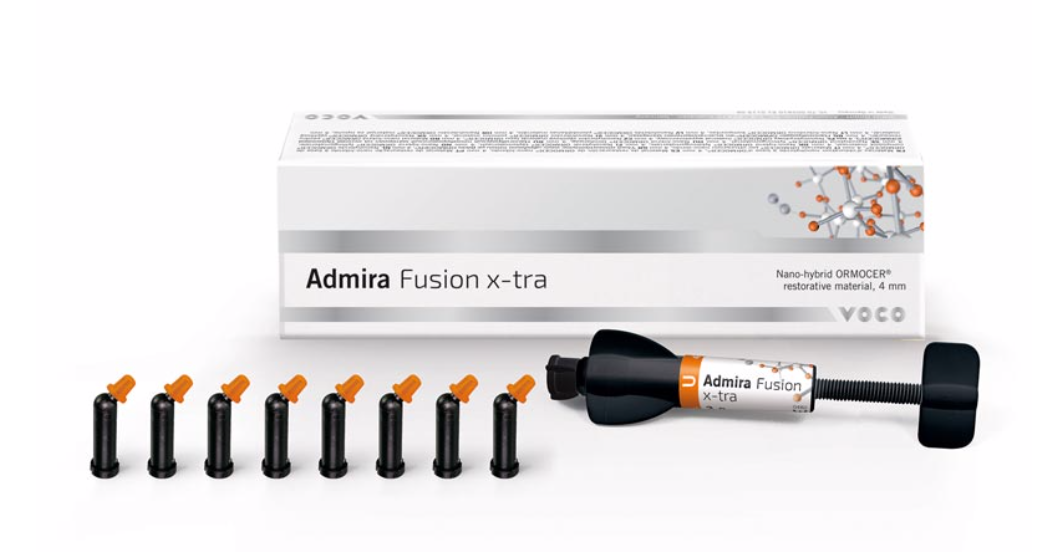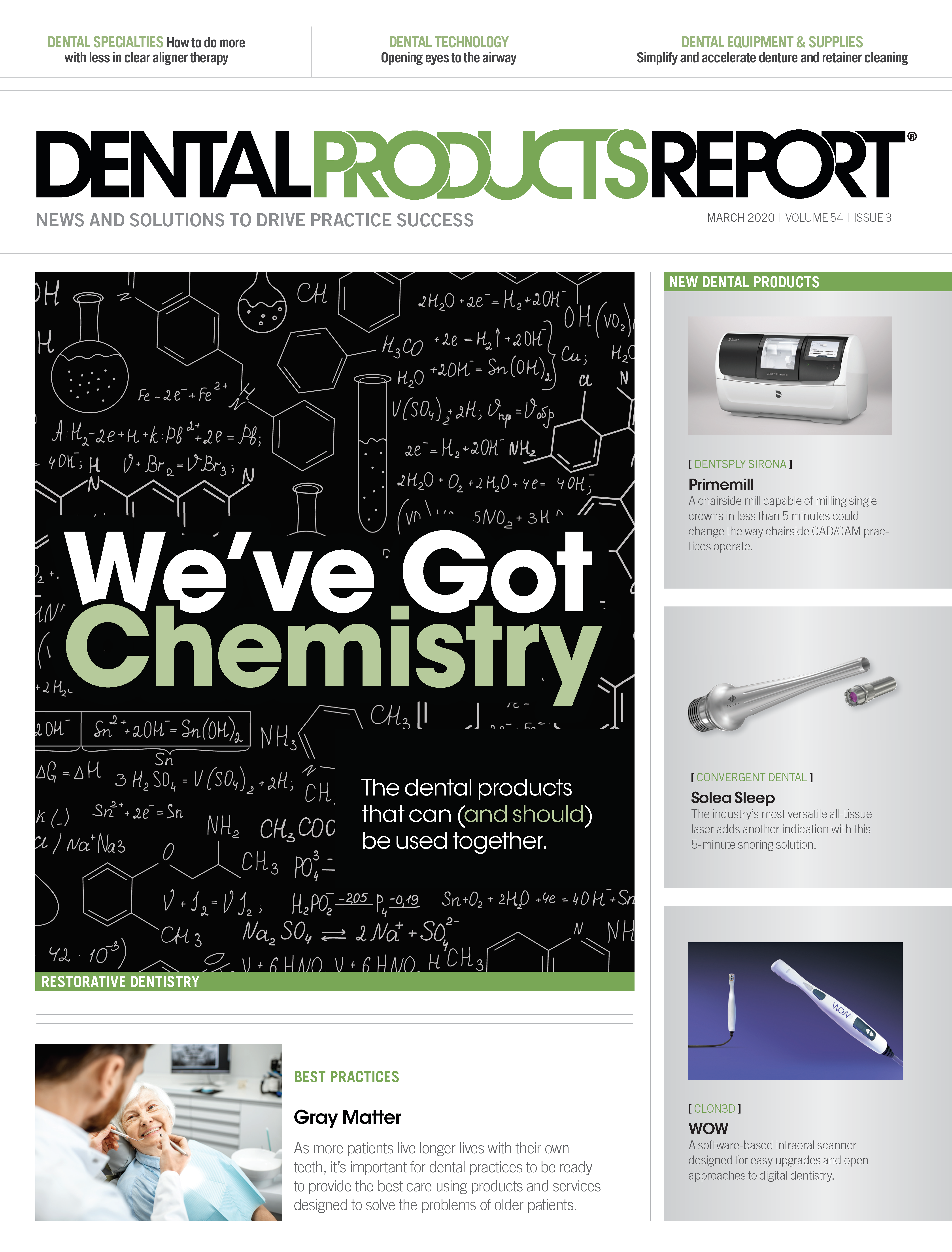Alchemy exists, but you may not recognize it

When I was in college, I was taught a bit about the history of Alchemy. What they taught me was that at one point, there was a field of study where brilliant (and sometimes not so brilliant) chemists were trying to figure out how to take worthless/plentiful elements and somehow turn them into gold. What I always found sort of philosophically entertaining about that whole idea was that if you could suddenly make gold plentiful, then it wouldn’t really be that valuable now would it?
But all of that amazing philosophical thought I came up with really belongs in a totally different article andÂÂ-it’s probably not one you would read any way. Yet, this column WILL actually have a point that I can tie to Alchemy, and that is, in certain ways, we really are turning difficult situations into ones that our patients find incredibly valuable. It’s hard to put a price on your quality of life.
It’s incredible isn’t it? No matter how much progress we make, there is always more progress to be made and with progress, comes understanding. And with understanding comes the answer to “why?”
I’ve told you before that I’m a “why guy.” However, in case you missed it, let me give you a quick fill-in. Being a doctor is a complicated job. We have to take into account all of the necessary information that is needed to make a complete diagnosis. We then have to assimilate that information into a workable diagnosis, and then fabricate a comprehensive and cohesive treatment plan that creates a solution to the diagnosis.
In dentistry this often entails treatment performed with our hands (heck, that’s why the majority of us have a degree as Doctor of Dental Surgery). I frequently say you could teach a smart monkey the hand skills, but the monkey will never know WHY the treatment is needed; or the WHY of myriad products, that the choice was the 2 or 3 in the procedural outline of WHAT we were trying to accomplish.
The whole thing comes down to not only knowing “what and how,” but “why.”
That’s a great way to open this month’s column, because I’m going to be dealing with a couple of subjects. One is why we work with certain products and the other is on things we can offer our older patients.
Continue reading on next page
It’s all about the chemistry
Like any good relationship, restorative dentistry is all about the chemistry. The restorative process can be fraught with complications. We deal with these on practically every patient. There are things such as precise chemical makeup of the teeth, size and shape of the preparation, the chemical factors between restorative materials, and the ever dreaded contamination, just to name a few.
Composite restorations are something that we do every day. In fact, operative dentistry is the most frequently performed procedure in the profession. Because of that, we’ve got to make sure we are doing it correctly. No one involved in the restorative process wants to have to do it more than once to achieve success. One and done is the preferred way to perform.
Because of that, we need to make sure that every piece in the “restorative puzzle” fits together the way we expect it to.
Quite honestly, there is enough chance for error when we are doing everything right. The last thing we need is to introduce potentials for error into the process. Part of the problem can be traced to costs. Dental materials are incredibly expensive. If you think gasoline is pricey, sit down and calculate what a gallon of bonding agent would cost (hint, it’s way more than you think). Because of that, offices are often hesitant to purchase a new bonding agent-or any new restorative material when they have plenty of the “regular stuff” in stock.
VOCO's Admira Fusion X-tra

VOCO's Admira Fusion X-tra
This can also apply to inventory management. In a busy dental practice, it can be difficult to keep track of all the different restorative materials sitting on the shelves or hiding in the back of drawers. The more you have, the higher the chances it will somehow be misplaced or forgotten about, only to be rediscovered when it has passed its expiration date. This is one of the reasons that “single shade match” composites such as OMNICHROMA from Tokuyama Dental and Admira Fusion X-tra from VOCO America are rising in popularity.
I’m a huge fan of the KISS principle when it comes to restorative procedures. I feel that I’d rather be very proficient with one or two materials than “partially proficient” with many. Because of that I have focused on fifth generation bonding and incorporate that into every possible bonded restorative clinical situation. Fifth generation is total etch with 37 percent phosphoric acid gel for 15 seconds and the application of the dentin primer and dentin bonding agent in one solution. The thing I love about this procedure is it provides exceptional bond strengths and, when performed correctly, minimal post-operative sensitivity.
In maintaining the KISS principle, I use the same brand of etch and the same brand of bonding agent across the board whenever possible. However, I am also a tremendous nerd for details and I never bring a new material into my clinical armamentarium without first very carefully digesting the IFUs. There are some products where the manufacturer clearly outlines what products are to be used and in those situations you are much better off following exactly what the instructions advise.
My thoughts in this are as follows. If I know my bonding agent of choice provides 60 MPa on a regular basis, why would I want to use a different material if the manufacturer doesn’t specify to do so?
So my thoughts are to decrease errors as much as possible by utilizing easily and well understood clinical steps. The more you work with just a few products, the more proficient you become with them. Only vary your clinical routine when necessary and let the “why” dictate the “when.”
Our aging patient demographics
This issue of Dental Products Report also examines how we can better help our patients faced with the physical changes that come with aging.
Our healthcare system is working some incredible miracles and because of that, patients are living much longer than in previous generations and with a greater quality of life. However, some of the changes we undergo as we age cannot yet be controlled and some things, such as xerostomia, can be a consequence of life-prolonging medications. My parents are both approaching the age of 90 and in the last 10 years I’ve seen them both battle the effects of aging.
Problems in the oral cavity can often be traced back to neglect. If a patient fails to keep “their end of the dental bargain” there’s a breakdown in the system and problems frequently follow. Aging, though, puts a serious twist on that equation.
As the patient ages, their coordination ages with them, resulting in a loss of their ability to perform homecare at the same levels we have come to expect of them in the past. Because of that we need to address their situations in different ways. It isn’t always laziness. Sometimes the body just refuses to cooperate any longer.
Once again, it’s all about the chemistry
It’s a different problem than I discussed earlier in this article, but it’s still about the chemistry.
The aging process causes many of our patients to experience a noted decrease in their salivary flow which can lead to problems. The first is that dry teeth are less self-cleansing. A dry surface is simply easier for debris to adhere to. This means that both plaque and food remnants are more likely to remain adhered to the surfaces of teeth and provide an undisturbed substrate for pathogens. The longer bacteria and its resultant plaque remain on the teeth undisturbed, the more pathogenic it becomes. This can lead to breakdown of either the tooth structure, the supporting periodontal structures, or in the worst case scenario, both.
The second problem relates to remineralization. The teeth are in a constant flux of being demineralized by bacteria and remineralized by the concentration of needed chemicals in the saliva. Without the presence of saliva and its buffering effects on the oral chemistry, breakdown of tooth structure is much more likely to occur, and much more likely to occur at an accelerated rate.
The salivary decrease can be due to either age or due to medications. Many of the prescriptions our patients take have a side effect of decreasing salivary flow, which then contributes to the problems noted.
In the not too distant future, we are going to be seeing kits that allow us to understand the pH of the oral cavity and then buffer it accordingly so that the mouth stays in a viable equilibrium. That small chemical procedure will be a game changer for our older patients.
Until then, the easiest way for patients to combat these problems is by using enhanced cleansing techniques provided by powered toothbrushes and devices that aid in flossing. While homecare is always important, I would advocate that it is perhaps even *more* important in the aging demographic.
Continue reading on next page
Loading the utility belt
As an aid to combatting the problems of aging, I think it’s also important to consider our treatment regimens.
We have seen tremendous progress in the realm of bioactive materials in the last five years. Many of these products have been aimed at the pediatric patient but I feel that they have similar applications in the geriatric patient as well. Materials that can remineralize deep carious dentin within close proximity to the pulp are a tremendous adjunct to restorative procedures.
Most elderly patients have ribbon-like and sclerotic root canal systems and the incidence of instrument fracture, ledging, or failure to gain patency all increase in these environments. The easiest way to avoid endodontic complications in these patients is to avoid endodontics altogether. If a bioactive material can aid in remineralization of the final 1mm of soft dentin, that’s a tremendous positive to all involved.
Along the lines of battling caries in the geriatric population comes early caries detection. One of the great problems created by xerostomia is rapidly advancing caries progression. Because dry teeth decay at a faster rate, a small breakdown can rapidly progress to a major restorative situation even between frequent recare intervals. Because of this, utilizing high magnification, intense auxiliary lighting, transillumination, and fluorescence aided caries detection such as Air Techniques’ Spectra can help the team find breakdown at its smallest points. This early detection allows for extremely conservative restorative procedures to be performed instead of highly invasive and risk laden procedures at a later date.
Glass ionomer restorative materials also become a frequent choice when restoring in these environments. Cervical caries is frequently the result of low salivary flow and restorative placement in these areas can be challenging. Glass ionomer has definite clinical benefits for these situations. The material has fewer steps for placement which makes it faster to use. It also has a viscosity and working time that allows for the doctor to sculpt and adapt the material to the preparation and can be done in a bulk fill technique that minimizes the chance for voids or other delivery complications. Even though the majority of this discussion has been about xerostomia, glass ionomer has a great advantage in placement due to the fact that it has excellent bonding properties even in preparations where moisture control is difficult and holds up well over time in those types of situations. There is also the added benefit of fluoride release from the material. Oftentimes geriatric patients have a difficult time complying during the restorative process due to age limitations and lesion location and these areas needing restoration are frequently in areas that provide less than ideal access. Knowing that the incidence of recurrent caries is low due to fluoride release can be a tremendous advantage for those performing the restorations.
One of the other treatments that can seriously affect quality of life is diagnosis and treatment of Obstructive Sleep Apnea (OSA). It’s no secret that older patients have more struggles with sleep related issues as well as having less oxygen carrying capacity in the erythrocytes. By being able to properly diagnose and treat OSA doctors can help entire age ranges of patients, but adding years of life and improved quality of life to older patients is incredibly rewarding. Comprehensive and turn-key training and treatment coaching can be received by contacting SlelepArchiTx (sleeparchitx.com). This company can even help with sleep studies and medical billing.
Wrapping things up
While we still haven’t accomplished turning iron or lead into gold, we have managed to come a long way in our processes of turning difficult situations into ones that bring longer life and greater enjoyment of those increasing number of days.
Sometimes I tell myself that even if I can’t “think outside the box,” maybe by sheer force of will we can collectively push against the side of that box until it distorts outward and envelopes that thing we’ve been pursuing. Perhaps even better is visualizing that we are in a universe of boxes bounded by yet ever bigger boxes and our constantly pushing against the walls leads us into the realm of the next, much larger box. As REO Speedwagon once sang during my youth, “Keep Pushin’!” Until next month…
